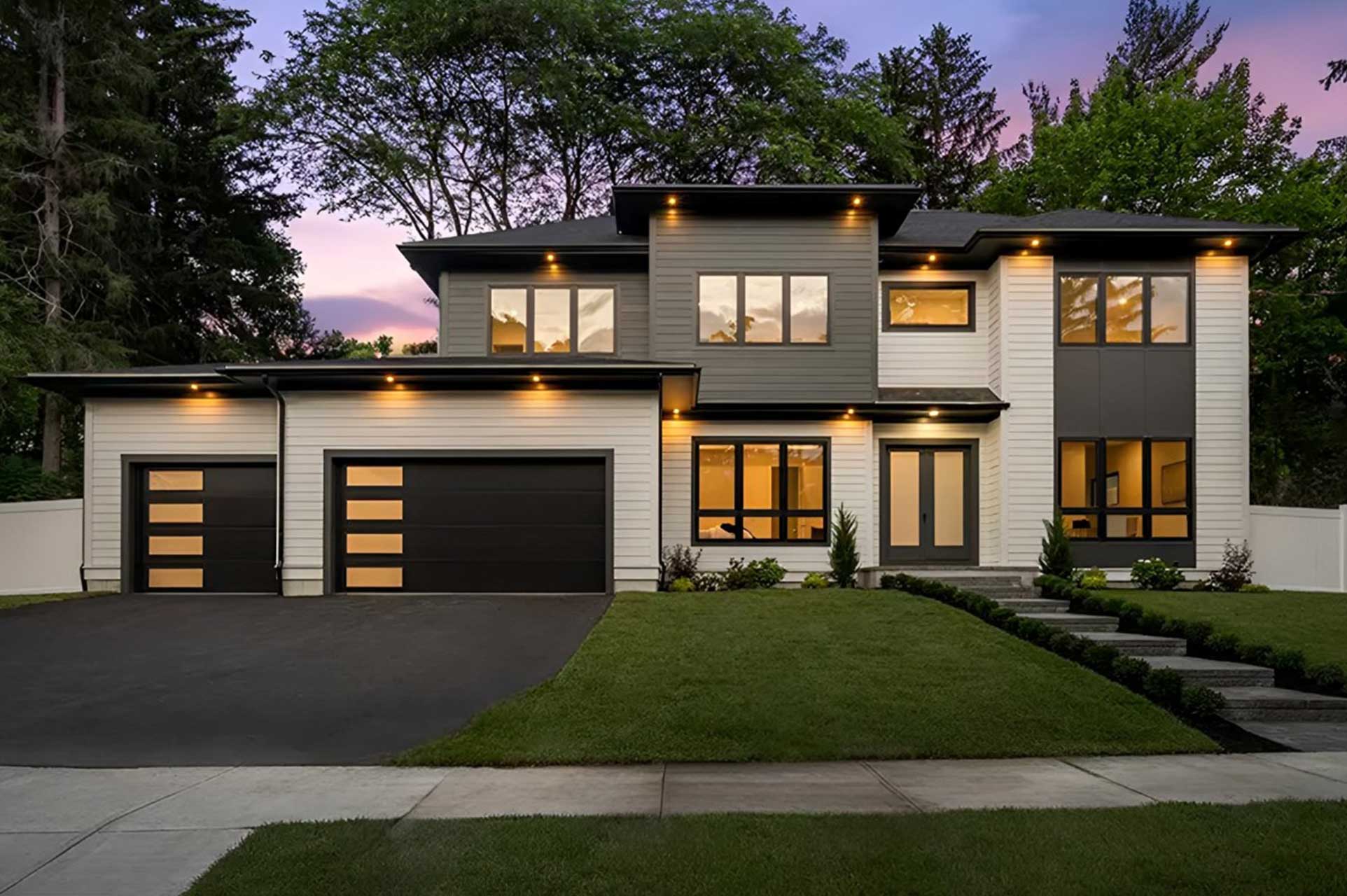
Schedule a service call with Door Doctor today! Our technicians can diagnose any spring issues and provide the appropriate solutions to keep your garage door functioning safely and efficiently.

Keep your Northern Virginia home safe with Door Doctor’s comprehensive garage door safety checks. Our highly trained technicians don’t just handle repairs and installations – they include a thorough safety inspection with every service call. This inspection ensures all components of your garage door system, from the door itself to the opener and related parts, are functioning safely and securely.
Keep your family safe and avoid DIY risks with Door Doctor’s experienced technicians in Northern Virginia. We’ve served the community for over two decades, offering fast and reliable diagnoses for your garage door needs.
Please Refer to the Safety Information Below and Keep Your Family Safe!
Function: Garage doors are typically balanced either by torsion springs or extension springs. Extension springs are generally mounted just above the horizontal track, perpendicular to the closed garage door. When extended, they provide lifting power to help open the garage door.
Function: Torsion springs are usually mounted above a closed door, parallel and horizontal to the top section of the door. They provide lifting power for the door by winding and unwinding while the door is opened and closed.
The corner brackets are the two brackets attached to the lower left and lower right corners of the door. The cables that lift your garage door are typically attached to these brackets.
A garage door opener is a separate product from a garage door. Openers are electric motorized devices that open and close garage doors.
The sensitivity of these internal reversing mechanisms can fall out of proper adjustment so that the door will not reverse when it hits an obstruction. You should check your reversing mechanism monthly by setting a two-by-four or a full roll of paper towels on the floor in the path of a descending door. If the door does not reverse after contacting the obstruction, call the Door Doctor to examine and repair your door system.
A lift handle is attached to the door and allows it to be manually opened or closed. A pull rope performs the same function and is usually attached to the bottom bracket in the lower corner of the door.
Remember – if you have a power outage and need to manually close your motor-operated door, don’t close the door by placing your fingers between the door sections!
Photoelectric Eyes are sensors that are mounted about 5-6 inches off the floor on both sides of a garage door. These sensors operate with a garage door opener and send an invisible beam across the door opening. If that beam is broken while a motorized door is closing, the garage door opener will cause the door to reverse direction to the full, open position.
A Sensing Edge is attached to the bottom edge of a garage door. When this sensor contacts an obstruction during the closing of the door, the opener will cause the door to reverse direction to the full, open position.
Garage door openers are usually operated by a wall-mounted push button, a hand-held remote control, or a keyless entry pad that requires you to enter a numerical code.
A section joint is the area between garage door sections.
Call Us
Door Doctor provides expert garage door repair, service, and replacement in Northern VA. Contact us today for same-day service of a broken garage door or a free quote on a new garage door!
© Door Doctor 2024 | All Rights Reserved